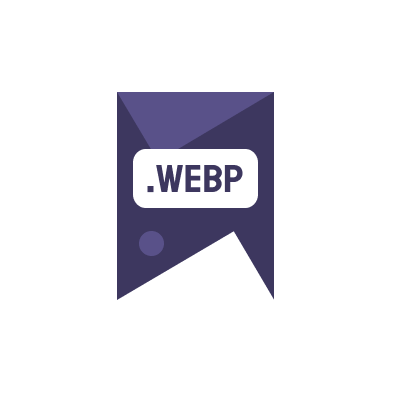Best real-time image conversion APIs are essential tools for developers who need to manage, optimize, and convert images within their applications dynamically. This article discusses the most popular APIs available today that provide efficient and fast image transformations, including image to webp online free conversion services.
Why Use Real-Time Image Conversion APIs?
Utilizing best real-time image conversion APIs offers numerous advantages for developers. They allow for high-performance image processing that is both scalable and reliable across multiple platforms. These APIs help in reducing the bandwidth usage by optimizing image sizes without compromising quality, enhancing user experience, and improving page load times.
Top Real-Time Image Conversion APIs
- Cloudinary: Known for its comprehensive set of tools that enable image editing, optimization, and conversion on-the-fly. Cloudinary supports a wide range of image formats including the ability to convert image to webp online free.
- Imgix: Provides robust APIs for real-time image processing. It allows developers to manipulate images with simplicity and precision, offering features like format conversion, compression, and enhancement.
- ImageKit.io: Focuses on automation and optimization. It supports real-time image resizing, optimization, and conversion to various formats including WEBP.
Best real-time image conversion APIs also include services like TinyPNG, which provides compression techniques that significantly reduce the size of PNG and JPEG files without losing image quality.
How to Integrate These APIs
Integrating best real-time image conversion APIs into your projects is straightforward. Most services offer extensive documentation and SDKs compatible with popular programming languages. Here are general steps to follow:
- Choose an API provider that meets your specific needs in terms of features and pricing.
- Sign up for an account and obtain API keys.
- Follow the provider’s documentation for integrating the API into your application.
- Test the API to ensure it works correctly within your project context.
For detailed integration examples and more technical insights, visiting developers’ blogs and forums, such as ConverterWebP’s blog, can be incredibly useful.
Performance and Limitations
While best real-time image conversion APIs provide substantial benefits, there are limitations to consider. These include API rate limits, costs associated with higher usage levels, and potential latencies in image processing during peak times. To ensure optimal performance, it’s crucial to evaluate the scalability of the service in line with your application’s demands.
Conclusion
Choosing the right best real-time image conversion APIs can significantly improve the performance and efficiency of your applications. By leveraging these APIs, developers can save time and resources on manual image processing tasks, allowing them to focus more on core product development. Whether you are looking to convert images to different formats, optimize them for better loading times, or automate image workflows, these APIs provide the necessary tools to accomplish those goals effectively.
For a deeper dive into real-time image conversion, check effective options and user reviews, consider visiting PageSpeed Insights for performance optimization tips.

